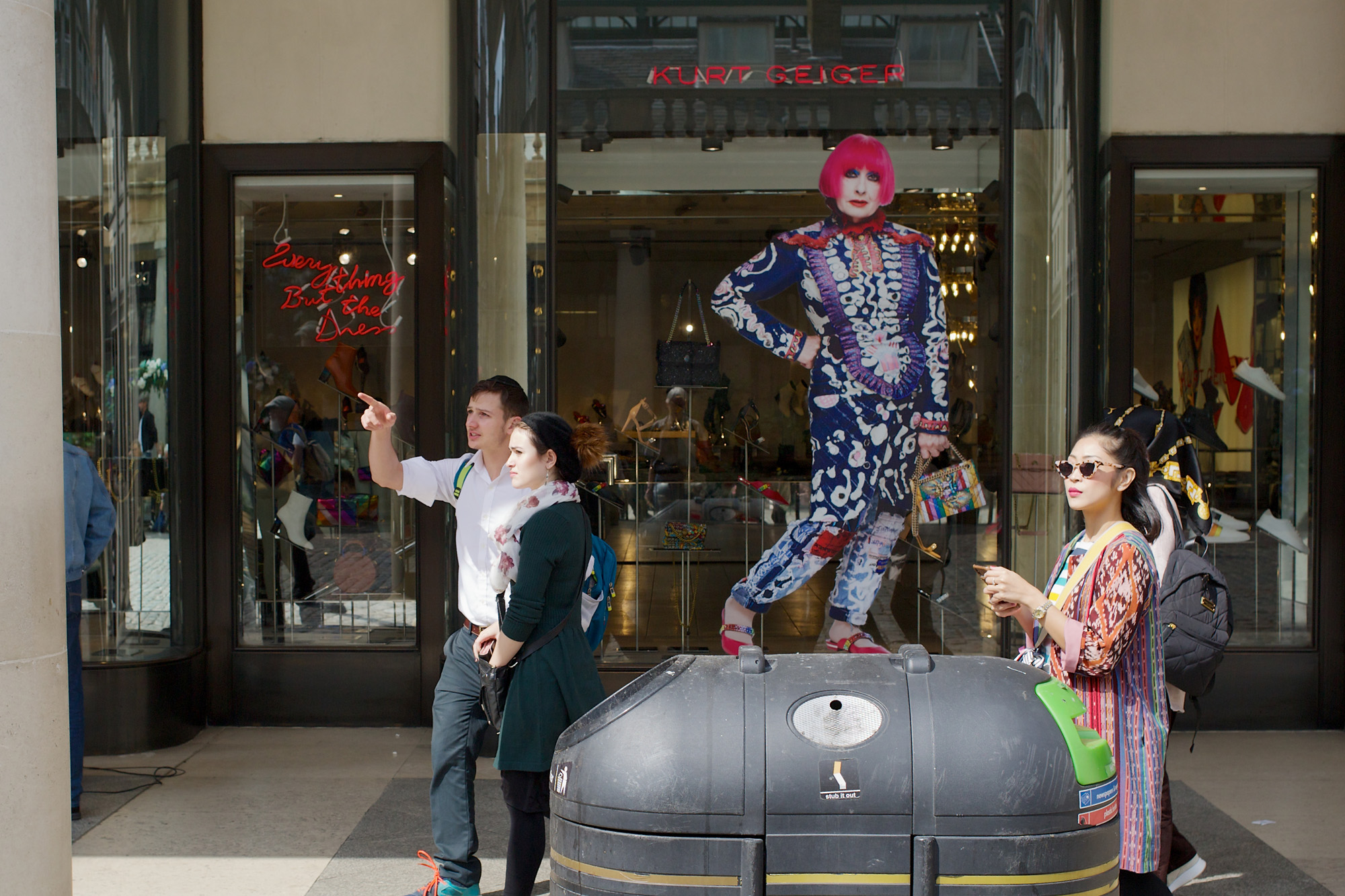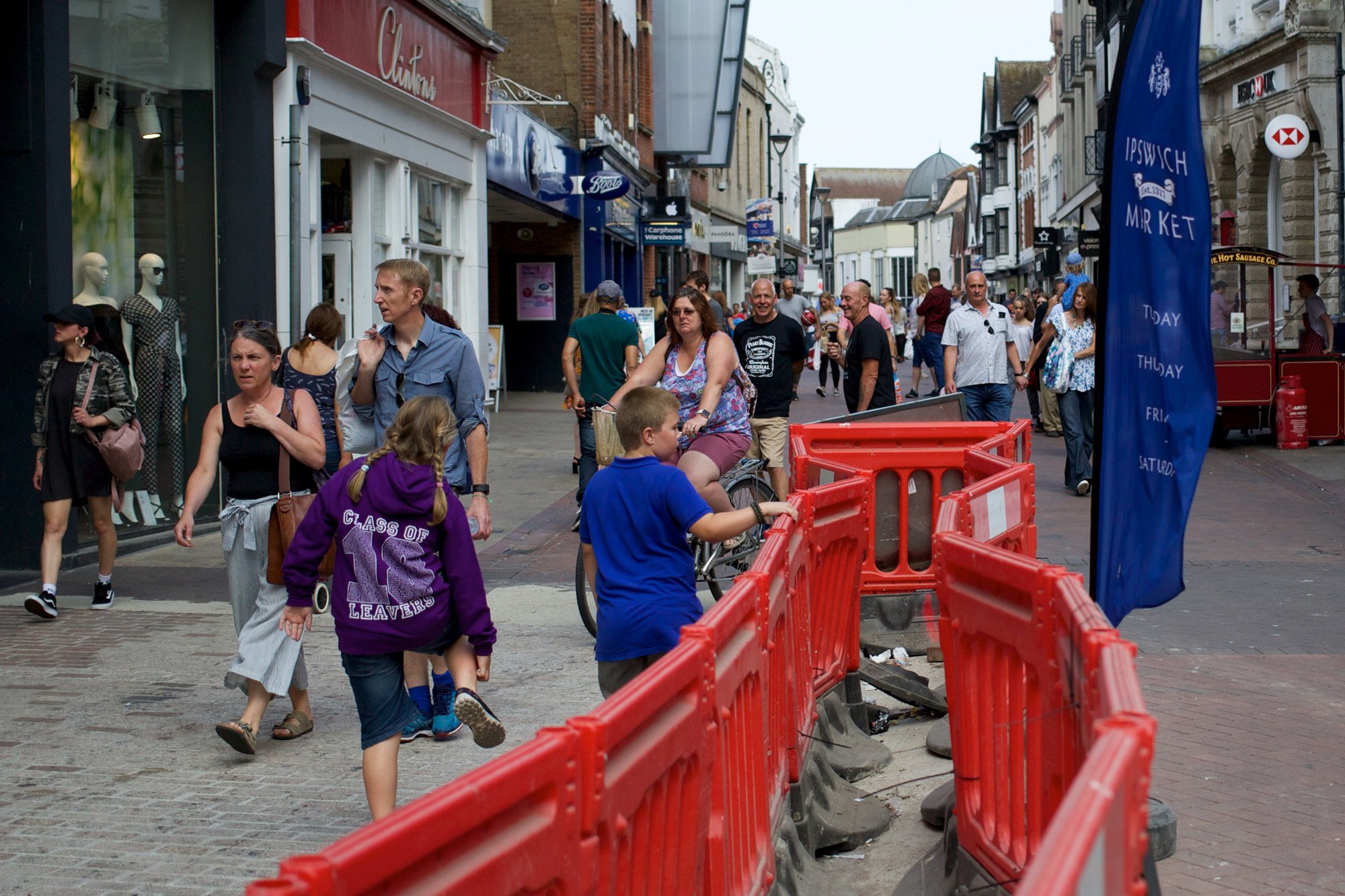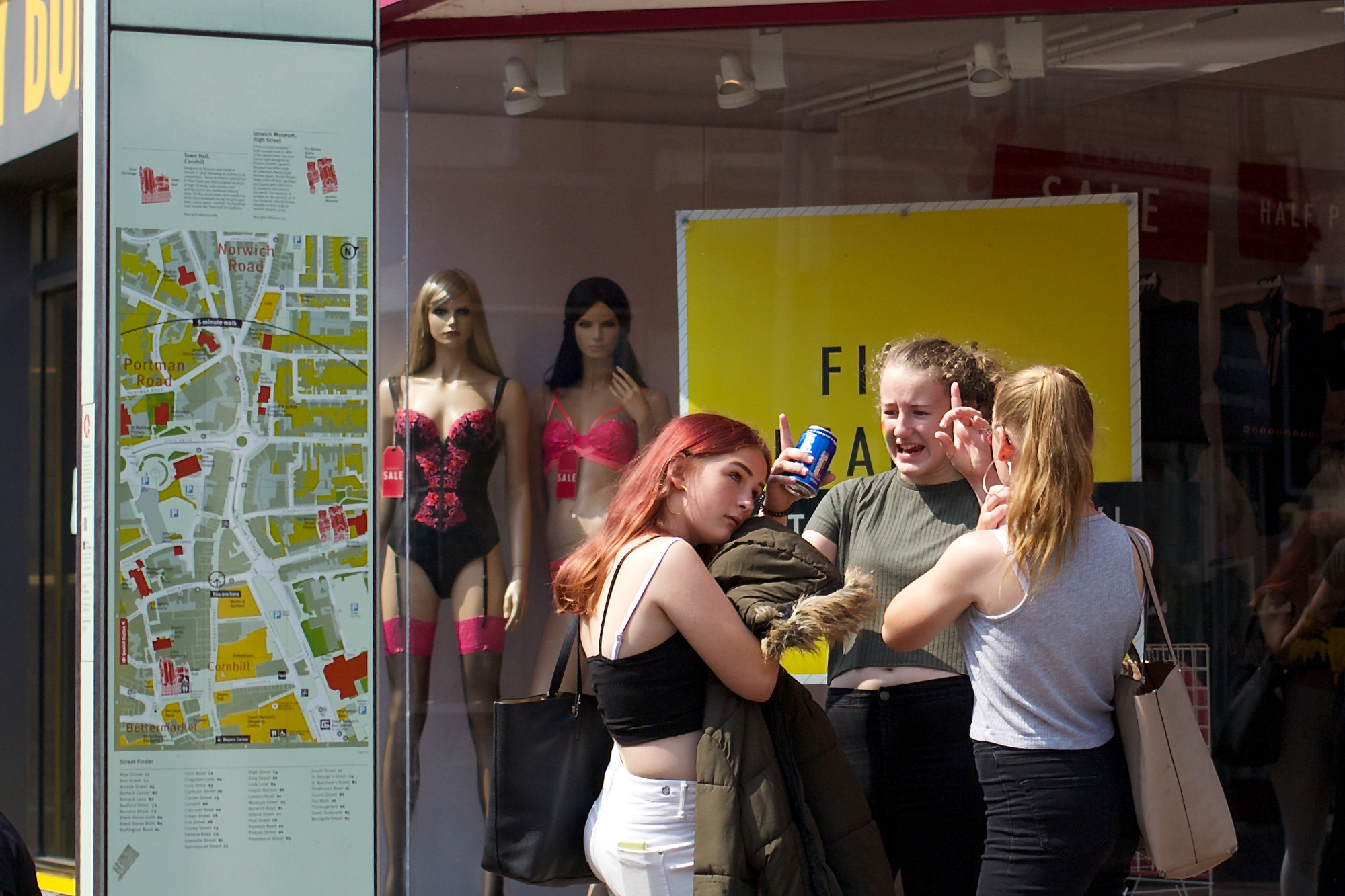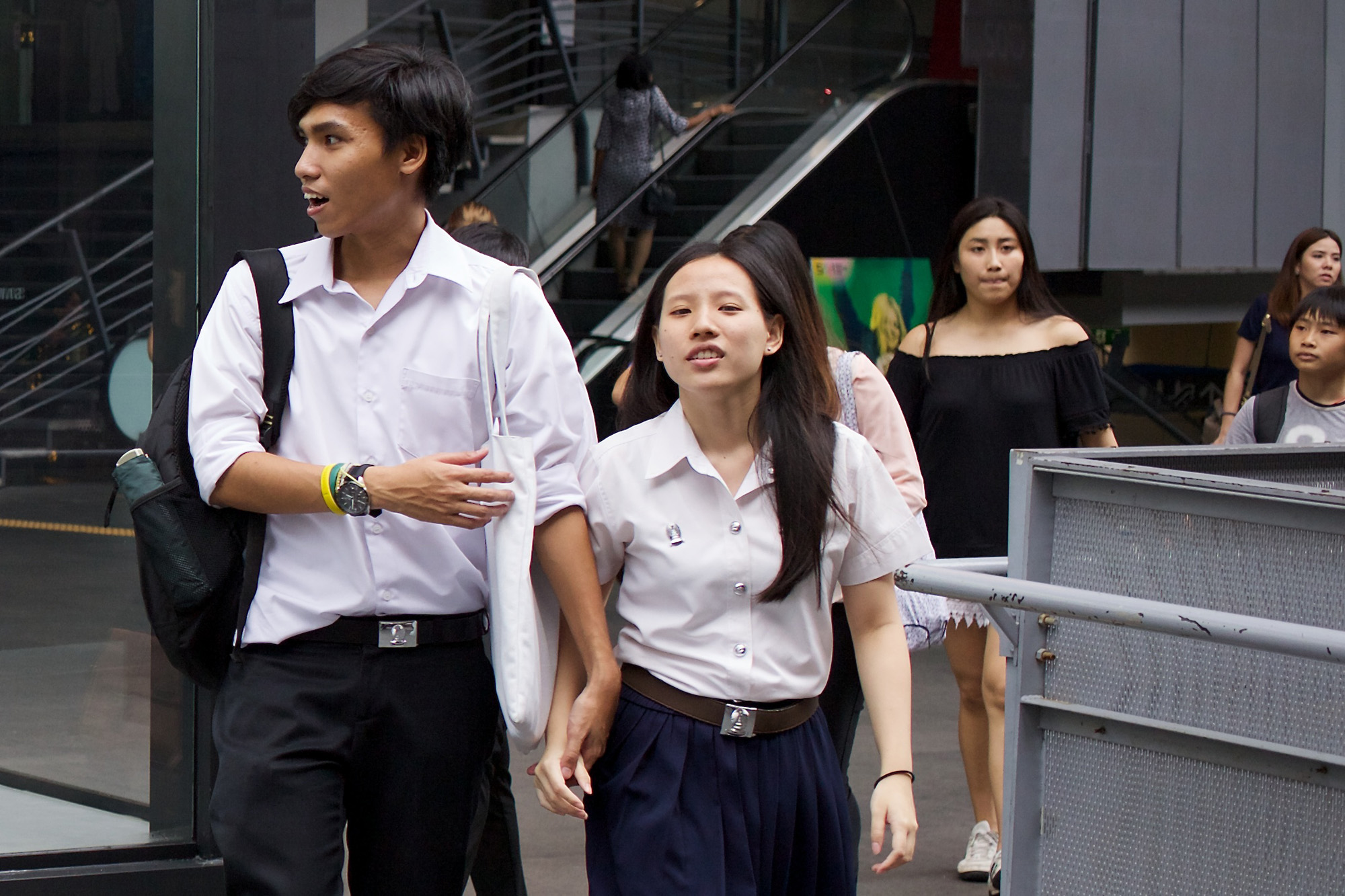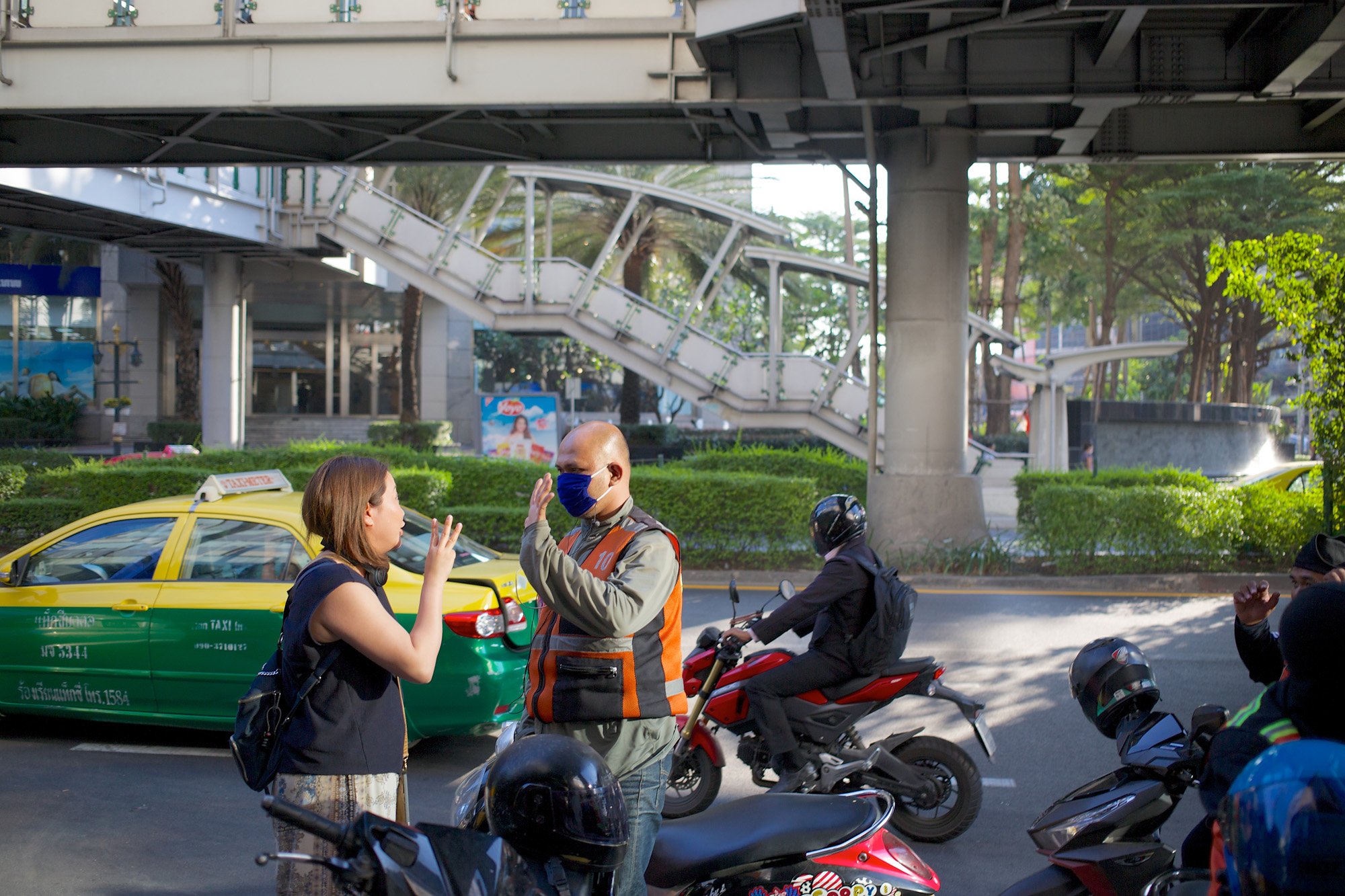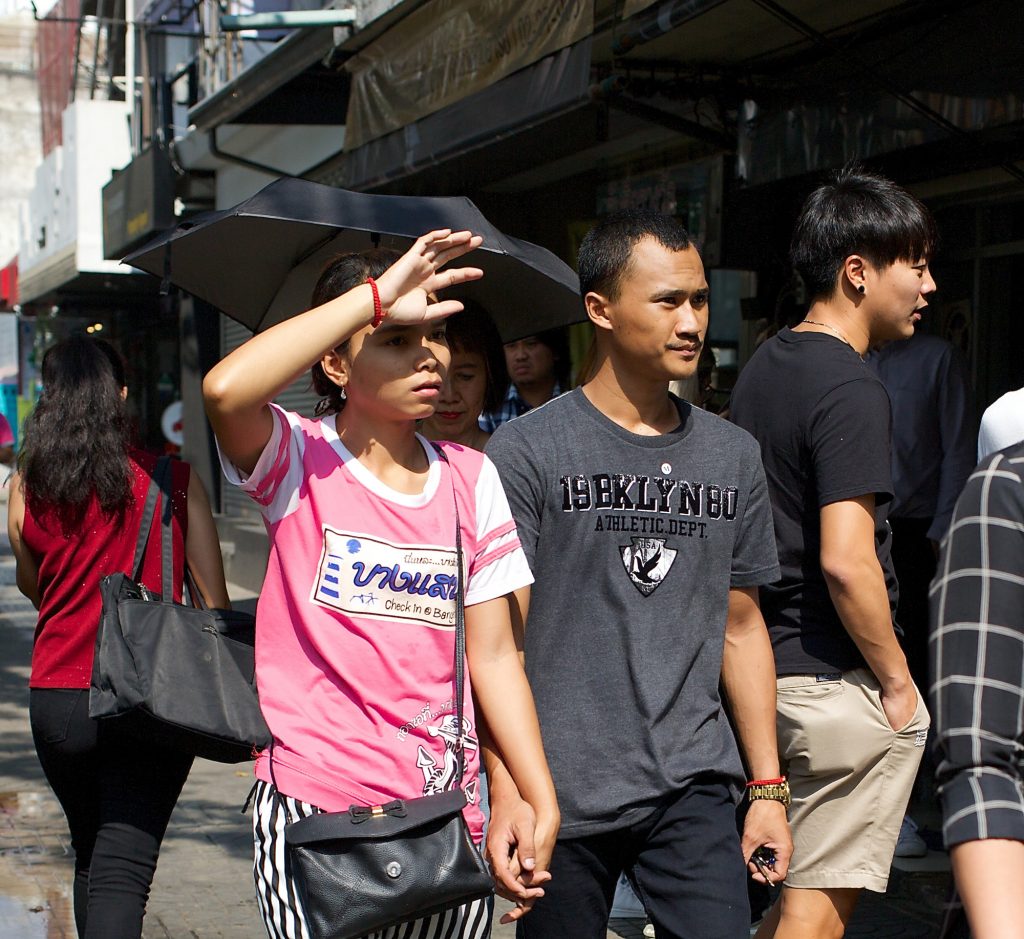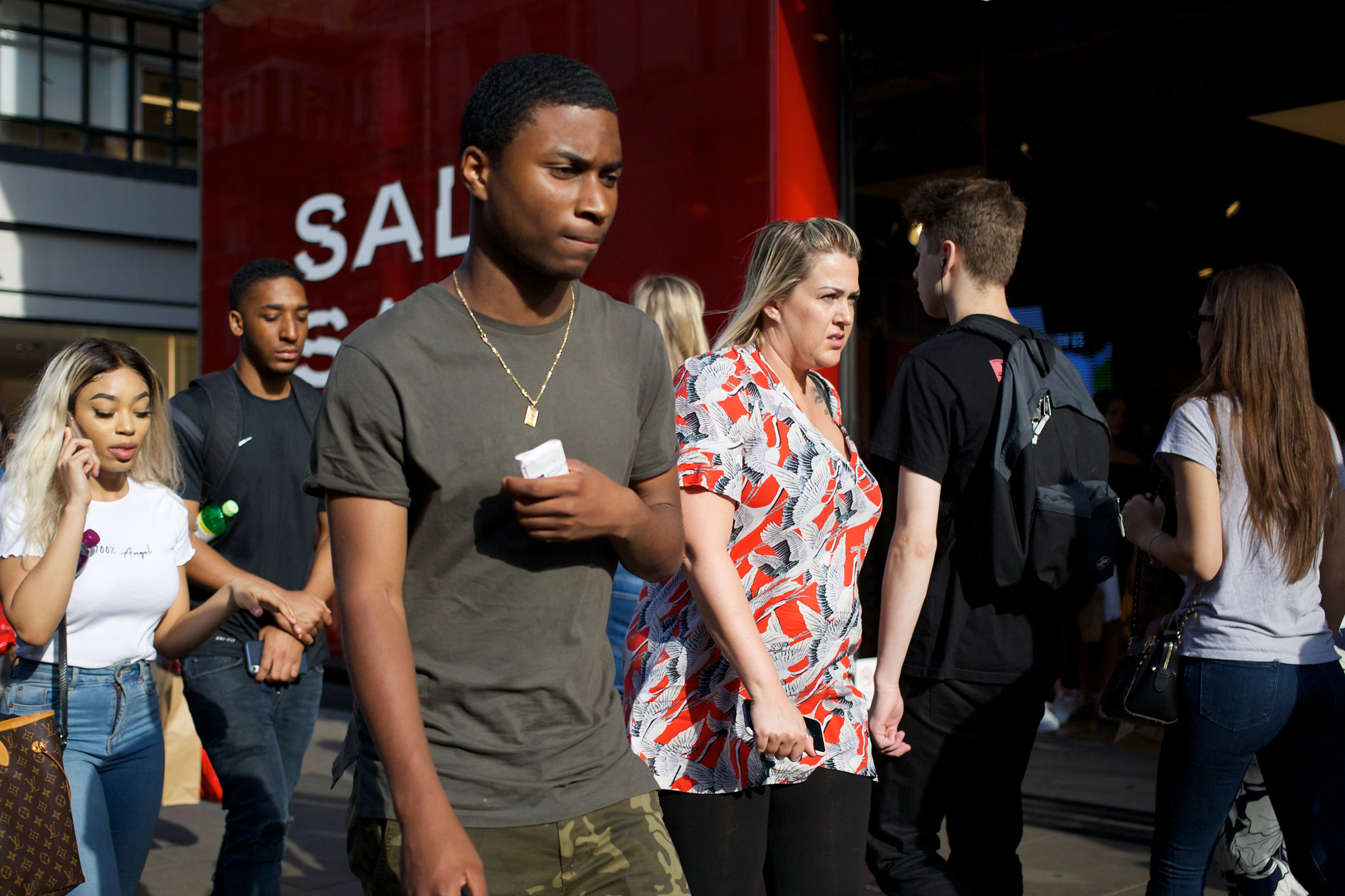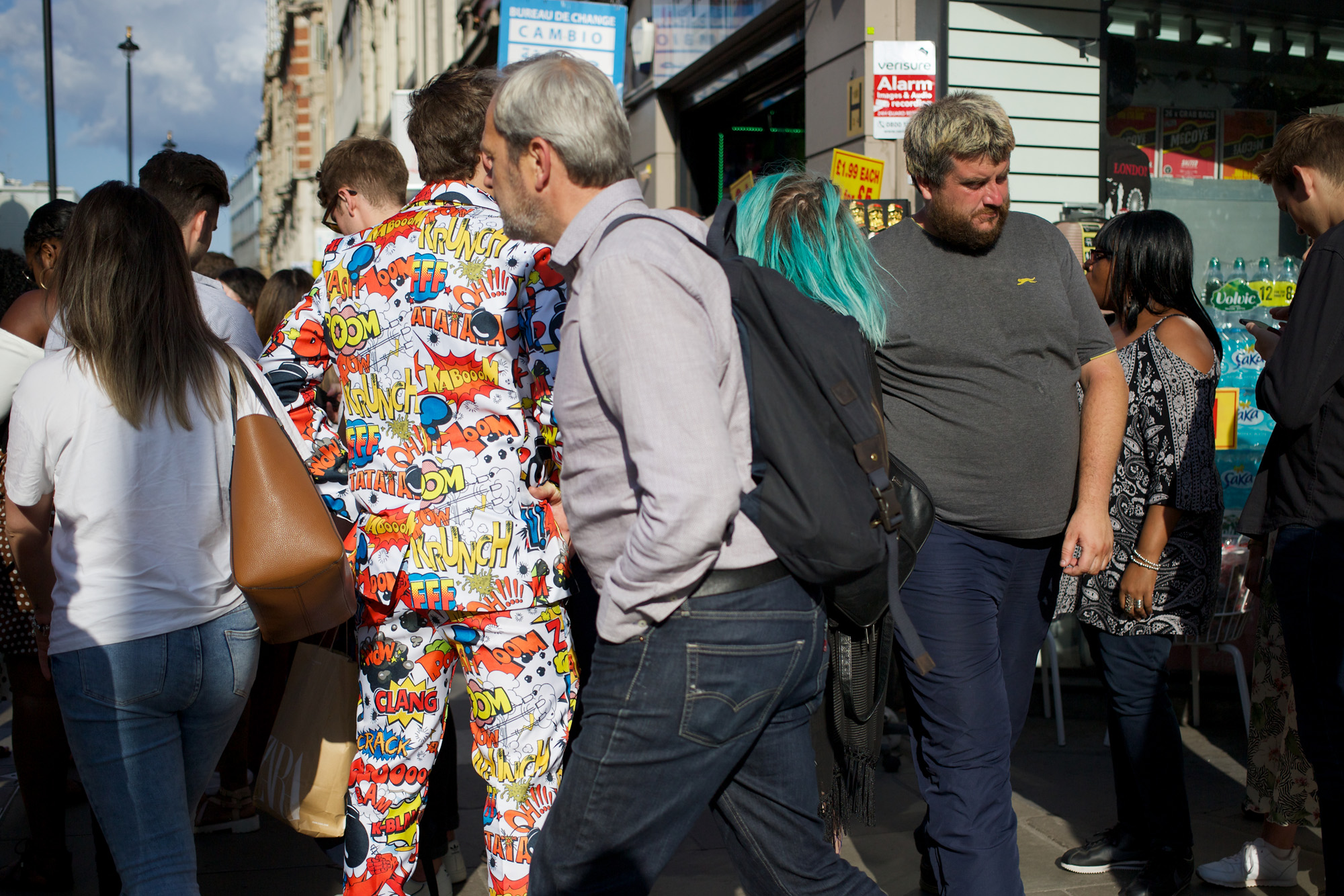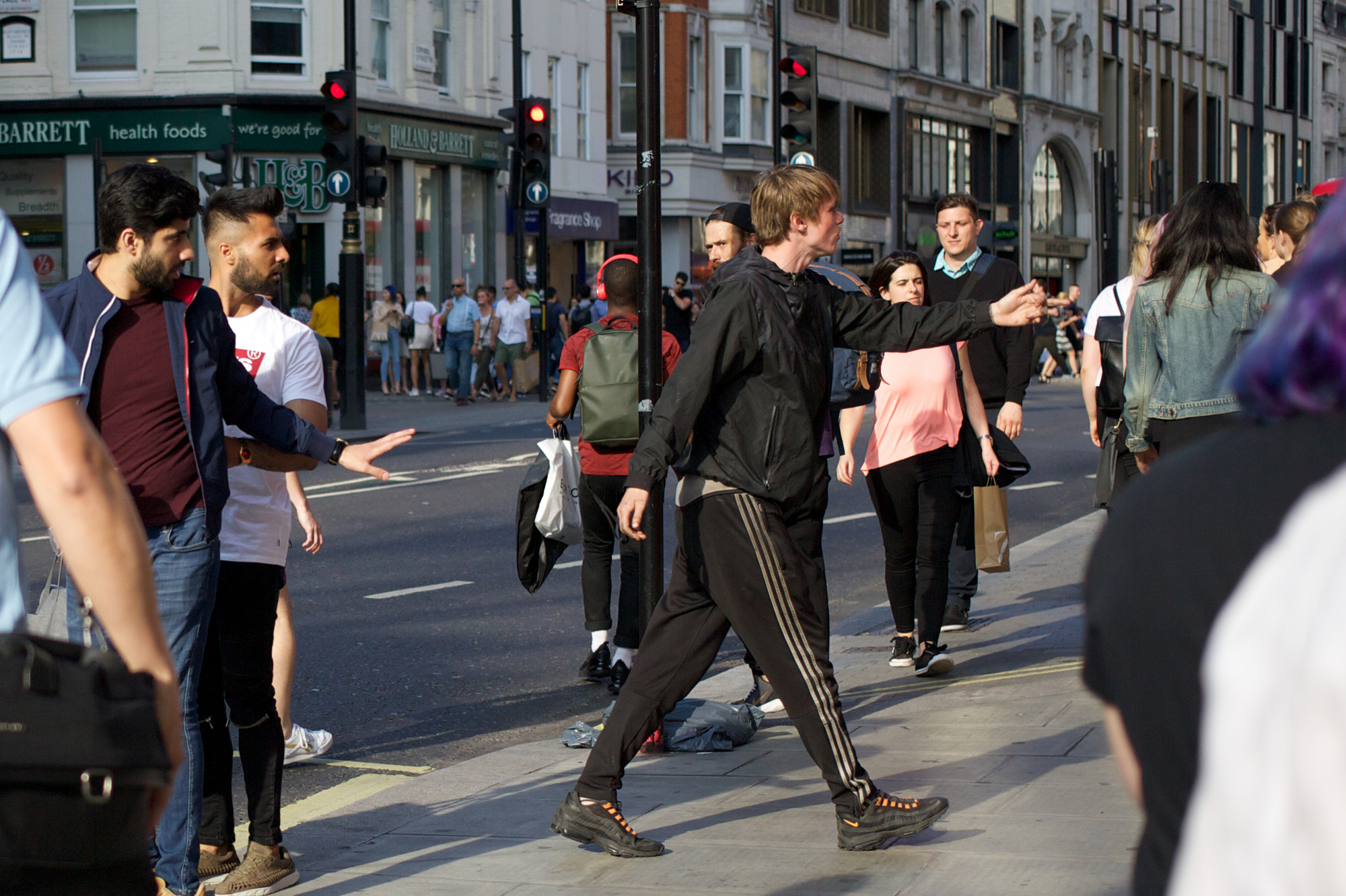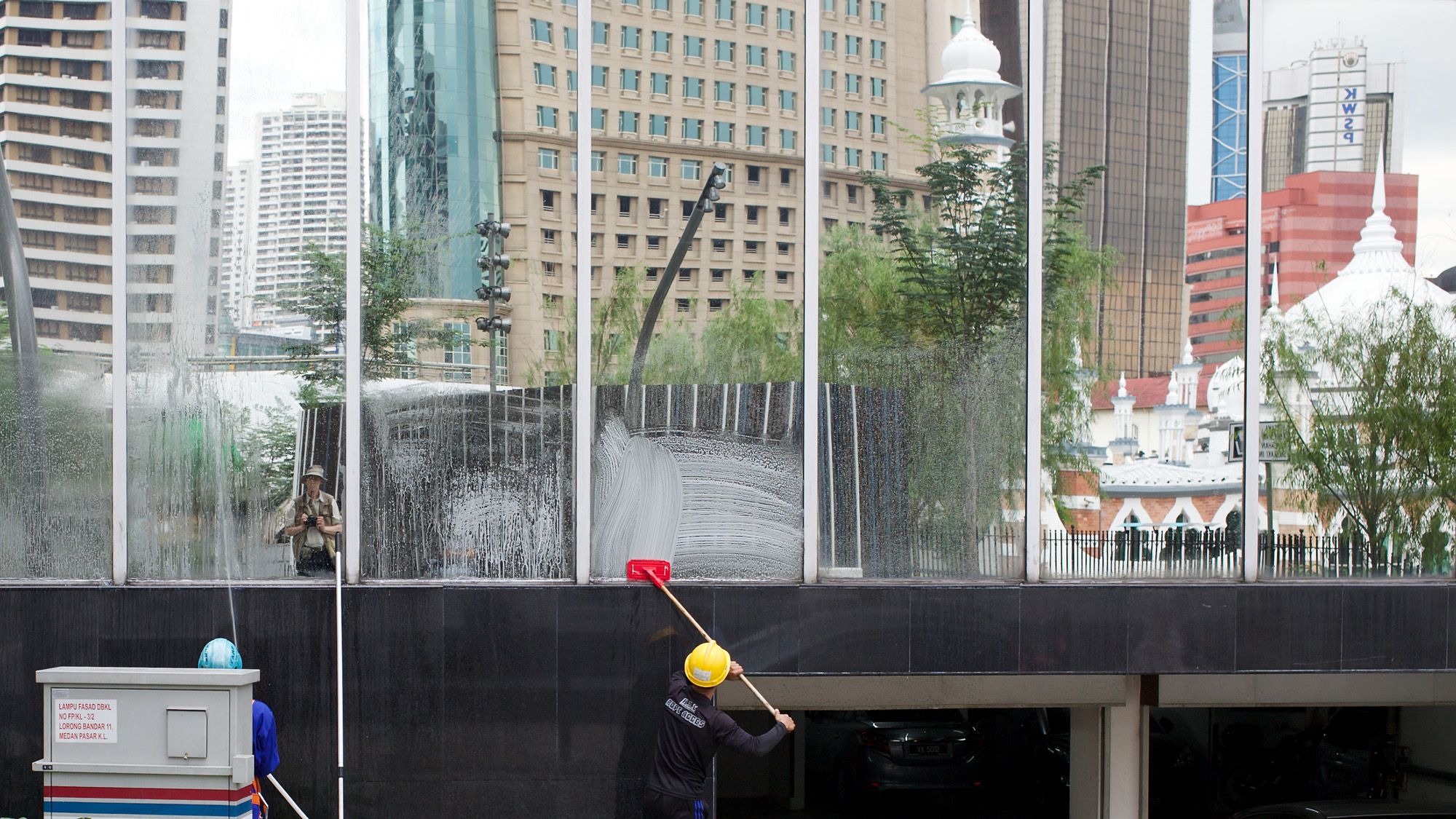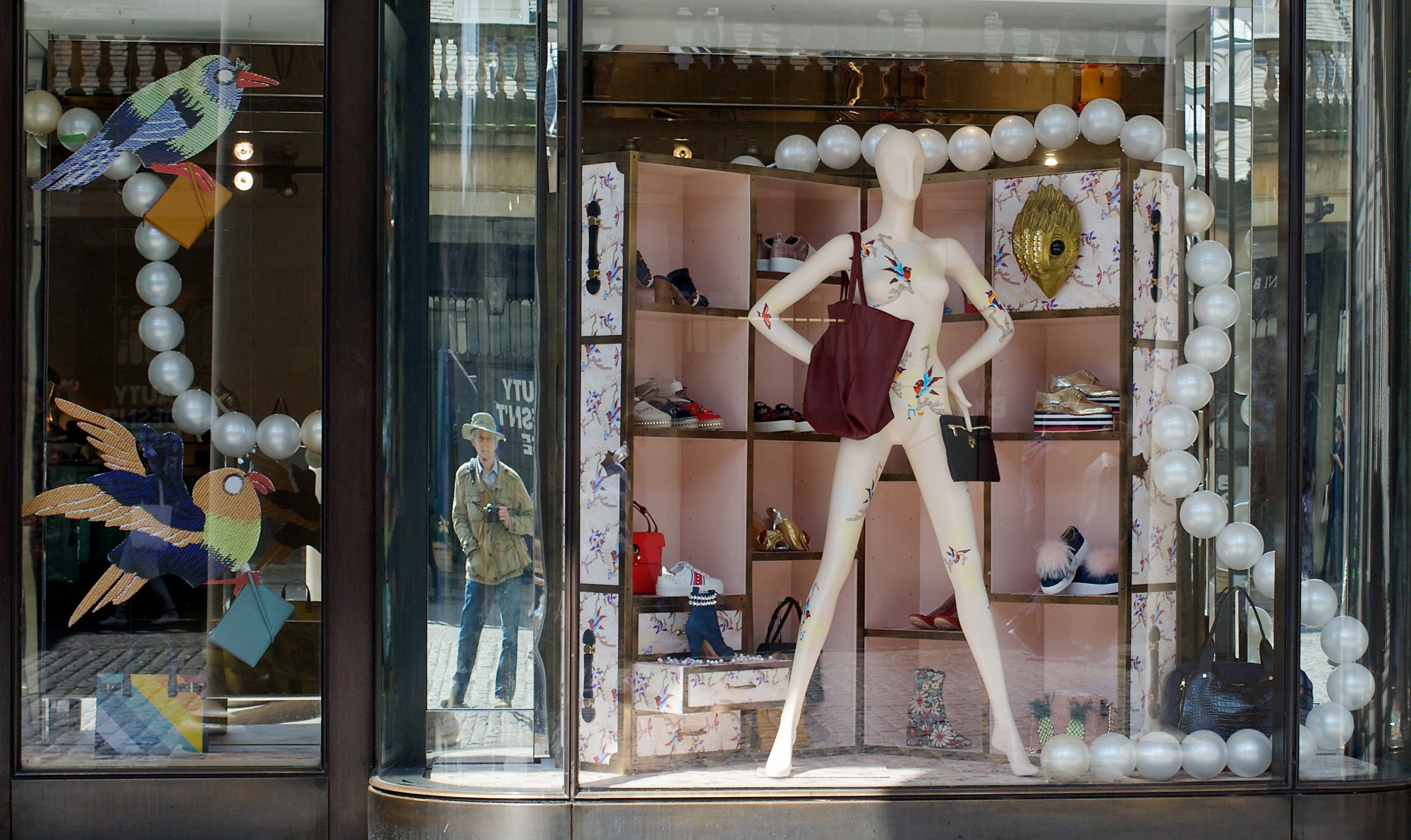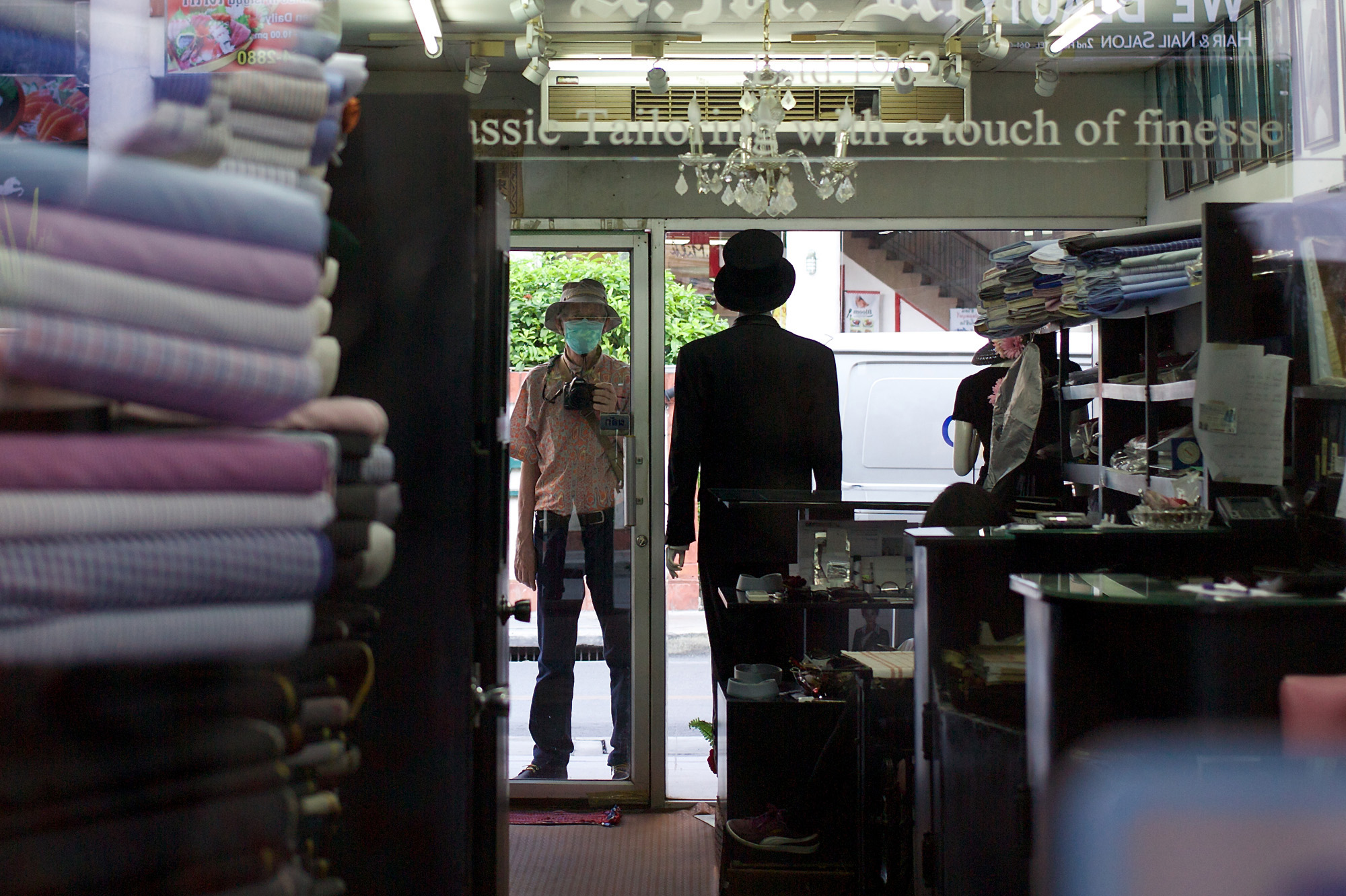In Part One of this three-part post I mentioned some famous people with whom Ipswich is associated: Cardinal Wolsey, and so on. Now, in this second part, I want to start by adding one more, namely Giles the Cartoonist.
Ronald “Carl” Giles OBE (1916–95) drew political and social cartoons for the Daily Express newspaper from 1943 until 1989. He was immensely famous in his day, particularly for the characters he created, such as Chalkie the vicious schoolmaster, and Larry, the kid next door. But by far his most fondly remembered character is Grandma, a woman who bore an unnerving resemblance to a distant relative in my own family (my mother’s first husband’s mother — definitely not a blood relation!)
Up from London
Giles was a Londoner, born in Islington, but after his marriage he and his wife moved to a village near Ipswich. He travelled into town to work in an office in the town centre. Today, there’s a large statue of a figure looking up at the office where he drew his cartoons. However, the figure is not of Giles himself. It’s a bronze statue of Grandma (above).
For a long time I’ve wanted to include a reference to Giles in the pictures I’ve taken in Ipswich, but to be honest, the dark and somewhat forbidding statue doesn’t really lend itself to street photography. I made a few more attempts but I couldn’t improve on the featured image above. Fortunately, a different opportunity presented itself when a photo of the sculpture appeared on the hoarding that surrounded Cornhill during its recent redevelopment.

Working the Scene
The image gave me a chance to used the time-honoured street photography technique of “working the scene.” The resulting shots are not too bad: they show the good people of Ipswich going about their business in a relaxed manner on a nice sunny day (as above).
I found the experience cathartic, not least because Giles’s cartoons always struck me as rather depressing, being rooted in war and deprivation. He had been, after all, an official “war artist” and was deeply traumatised by scenes he saw in the death camps during the Liberation.
There’s little doubt about Giles’s own “dark side.” For example, in 1980 he depicted the universally loved Rubert Bear dangling from a noose in the background of a published cartoon. (Giles’s editors didn’t notice).

So, in each of the three images I’m showing here, there’s feisty old Grandma – a solid bronze ghost from another era. She was notorious for her old-fashioned views: such as her support for the death penalty and public flogging. She terrorised her family, rode a motorbike, went skiing, and even played the tuba. The British public became very fond of her.
I’m not sure which of the images I prefer, but maybe a composite of the top (featured image) and the one below would have been nice. It would have given me the young mum with her pram plus the lady in front of Grandma in the same image. Of course, it’s not kosher to do that sort of thing in street photography. Apparently.

Come On, Ipswich. Cheer Up!
Apart from the presence of Grandma, the pictures I’ve shown so far are quite cheerful and upbeat. Yet sometimes it seems as though this large Suffolk town is mired in gloom: when the sky is overcast and Market Day unusually quiet, or when the football team gets relegated to a lower division. On days such as those the inhabitants respond by wearing their most lurid outfits, like the one below.
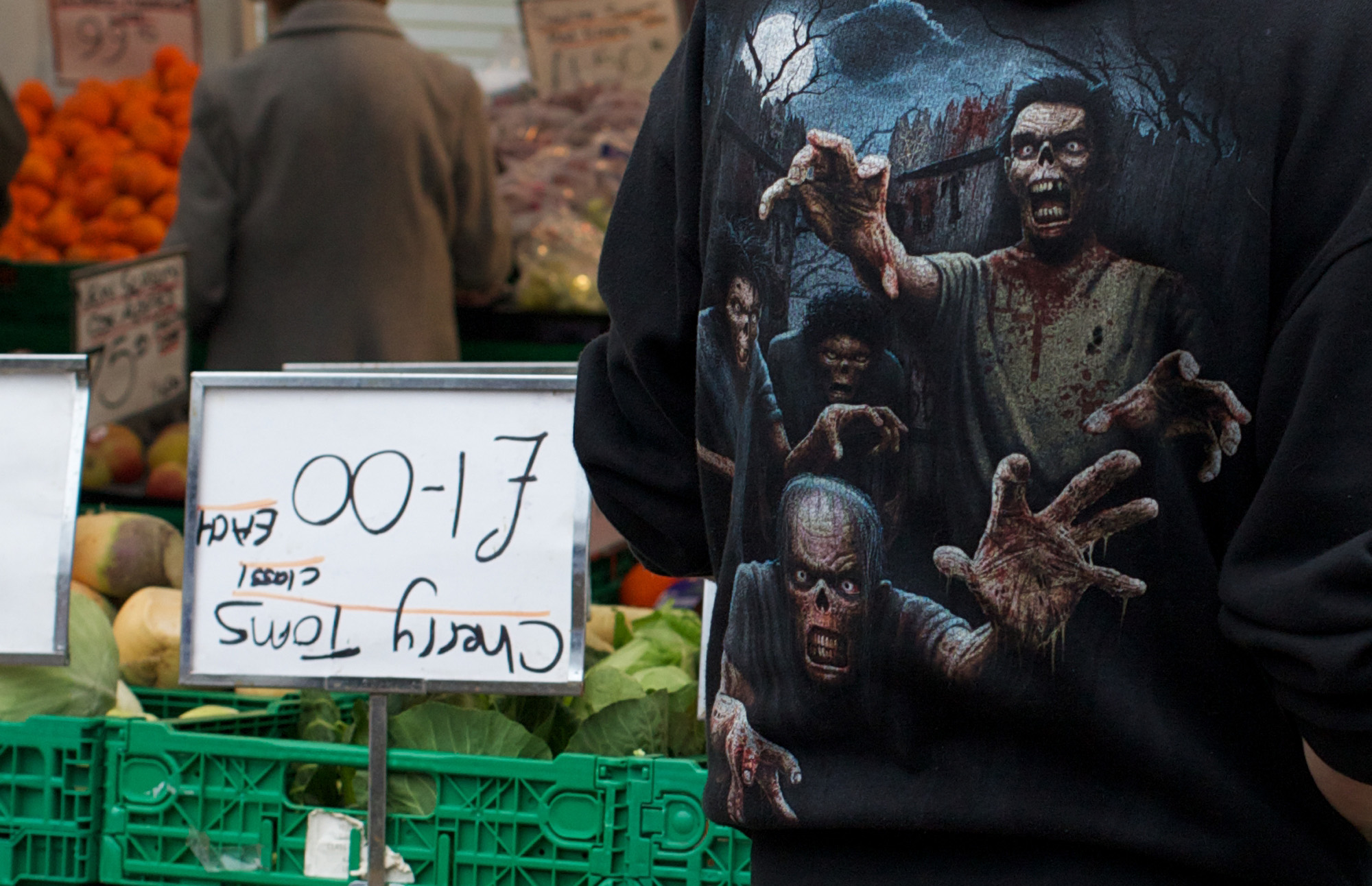
Yes, you can easily get depressed in Ipswich simply by waiting for the mobile Vegan Restaurant to open. I took the shot (below) as I was making my way to the station in the early evening.
I’m not sure if the person kneeling in front of the van is actually waiting for it to open, but it’s certainly possible. The slogan on her bag says: “Caution. I could burst into song at any moment.”

An alternative way of cheering up is to make an expensive purchase, perhaps after browsing the jeweller’s window. Somehow it’s reassuring to see a guy with a Motorhead tee-shirt checking out the engagement rings before going on to “Shop With Confidence” (see below). To judge by the heavy discounting he’ll get it at a good price.

Now I’m wondering if I should extend this article to a third part, as I’ve plenty of pictures remaining in my Ipswich folder. For this concluding part I think I’ll go back to looking at this town’s sunny side. After all, the team has started winning again. I’ll banish all the horror tee-shirts, the doom-and-gloom, and the dreadful if “much loved” Grandma.


